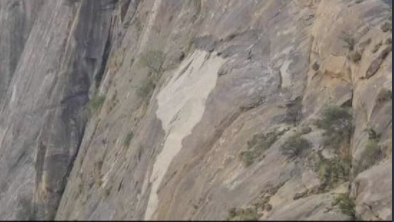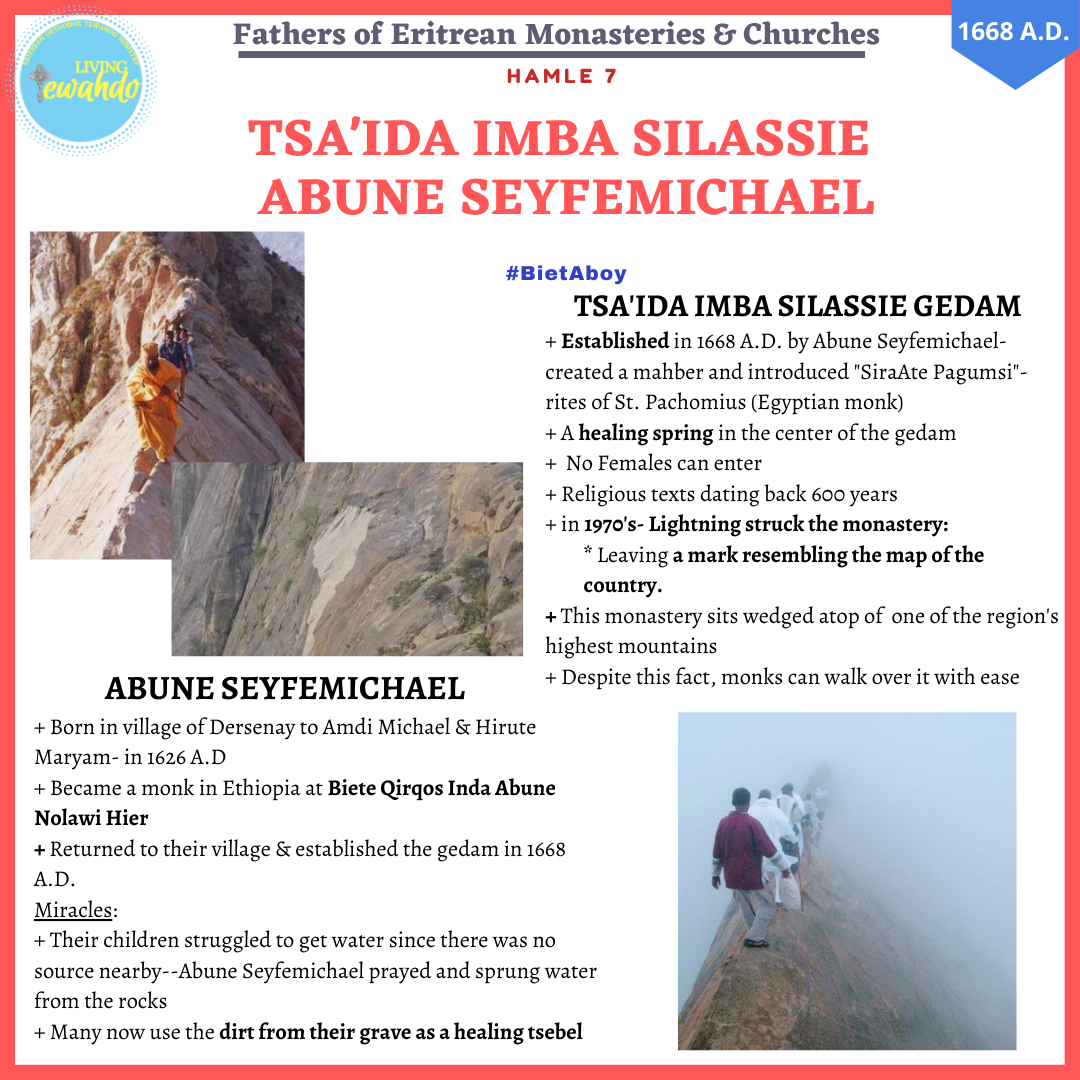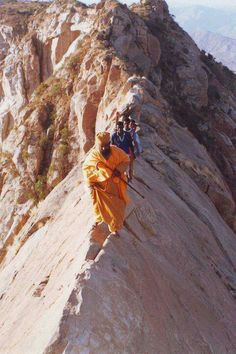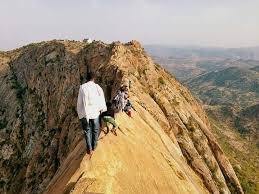
Monasticism
Abune SeyfeMichael left his house and went to Bete Qirkos Inda Abuna Nolawi hair in Ethiopia, and Aba Inqui Brhan (Pearl of Light) made them a monk. In 1651, he went back to Eritrea and dwelled in the area where he was born. In 1668, they went into the monastery of Tsa’ida Emba Selassie, created a mahber and introduced the monkhood Rites of Pachomius. Abune Seyefemichael continually lived in humility, modesty, loneliness, and life full prayer.
Place of Solace
It is believed that before Tsa’ida Emba became a monastery, many hermits (Bahtawyan) lived around the area. In the mid 1500’s since there were many Muslims invading the area, and killing Christians, this caused all hermits to flee. However, after the Italian regime, people started to live in peace and began dwelling in the area.
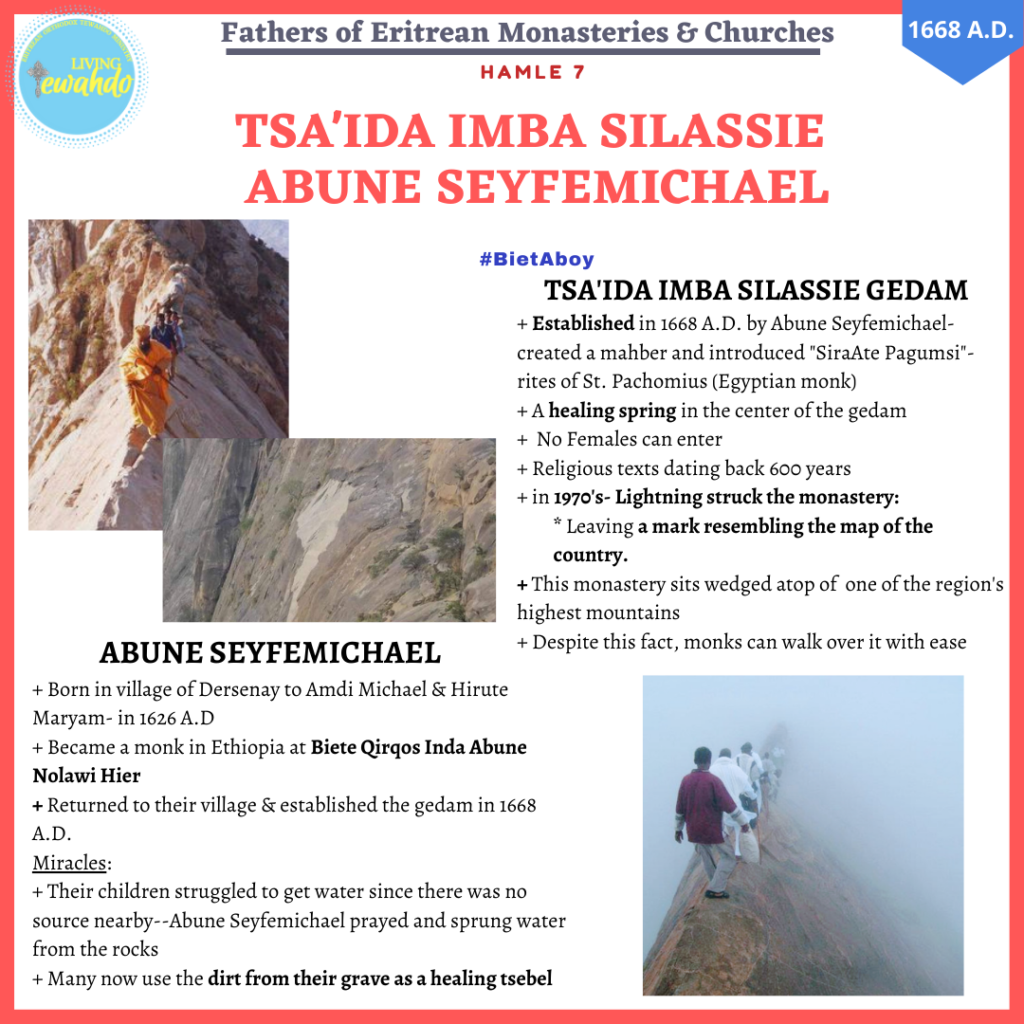
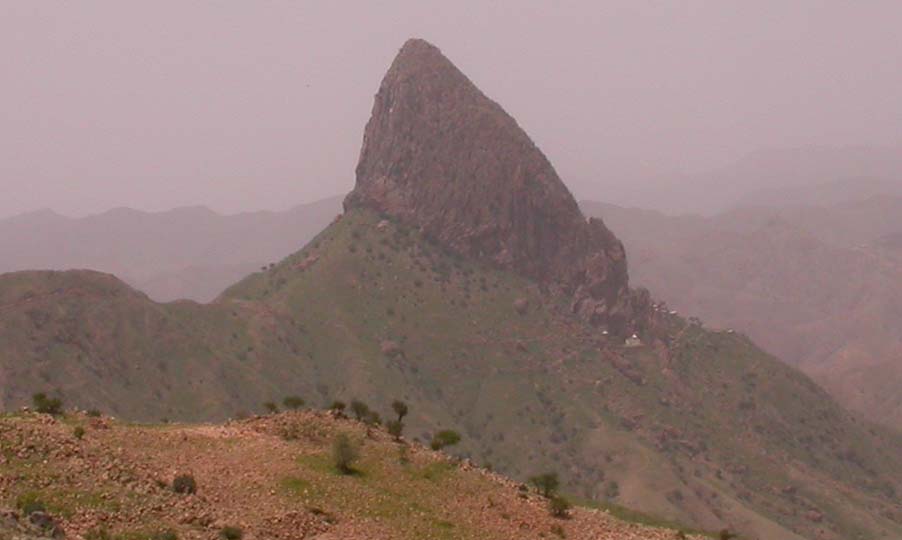
A Dangerous Climb
The most fascinating thing in this monastery is, the monastery sits wedged atop one of the region's highest mountains, Mt. Tsa’ida Emba. Climbing this mountain is not only hard but also dangerous and anyone who is interested in visiting this monastery would have to climb this steep mountain and crawl through the edge at the entrance. This edge is where the two sides of the mountain meet, forming a sharply steep slope, making it impossible for a person to stand on it. Despite this fact, the monks in the monastery are used to the edge and can walk over it without much difficulty, but to anyone visiting walking with two legs on this edge is impossible. During the Italian colonial period, the Italians asked the monks to build a road as an entrance to the monastery, but the monks refused and stuck to walking over an edge of a mountain. Despite the steepness of the area, no life has been lost in climbing the mountain thus far. The monastery also carries out a little bit of farming and some ranching. However, the main source of income for the monastery is the money they receive from renting the houses they own in the cities.
Miracles
There are many miracles in the monastery. At one point Abune Seyefemichael’s children struggled to get water since there was not a water source nearby. Abune Seyefemichael prayed to God, and sprung water from the rocks. The water is used to heal the sick, and the monks in the monastery use it for domestic purposes until today. There are many believers, who use the soil from the graveyard of Abune Seyefimchael, as Tsebel, holy soil and get healed.
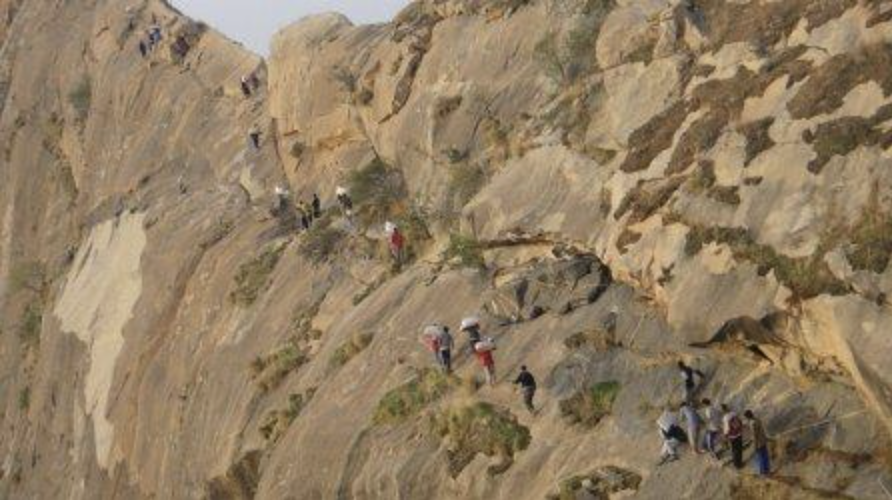
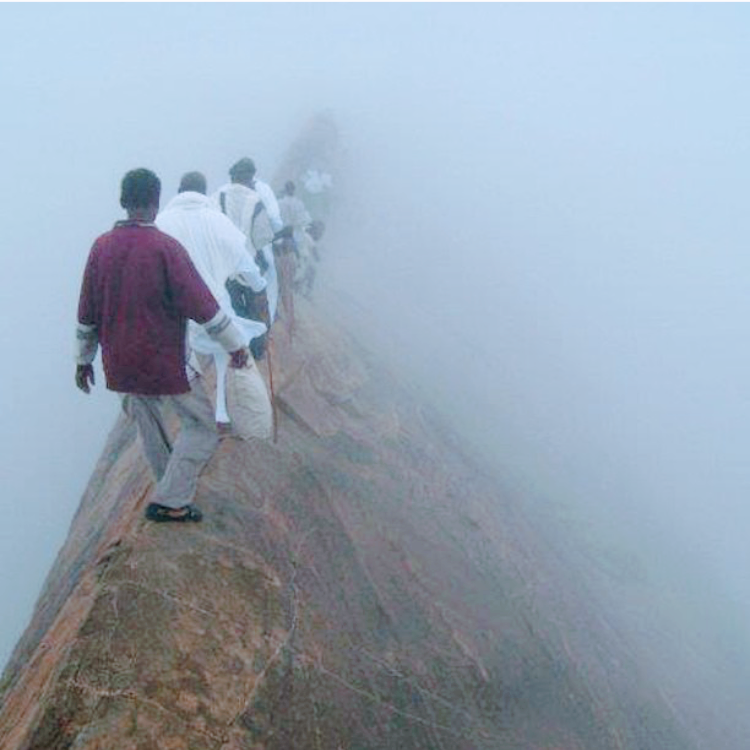
Ancient Books | Healing Waters
What makes this monastery unique besides its landscape is that no female beings (bird, human, etc.) can enter for whatever the reason. There is also a spring in the middle of the monastery whose waters have healing powers. The monastery also possesses various religious books dating back some 600 years.
The Eritrean Map
An incident that happened in the 1970’s also marks the monastery as an exceptional one. In the summer of 1970 the area around the monastery received a heavy rainy season and during this season lightning struck the mountain on one side and left its mark there. The mark left by the lightning resembles the map of the country. The monastery celebrates its annual celebration on Hamle (July) 7 every year.
